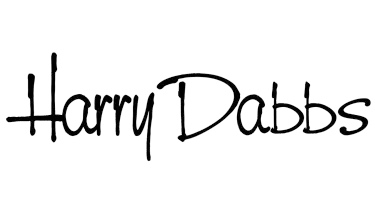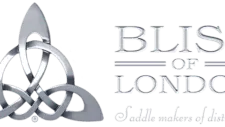Rider balance is a hot topic nowadays, and often when you look at pictures of riders from behind, they are not sitting quite straight (not even top riders!) When you initially place a saddle on the horse, the tree fits, the panels are level , the rider is sitting on both her seat bones apparently in balance, so statically everything looked ok.
Then the horse starts moving. The saddle does what it is supposed to do; it stays in place for about 2 minutes! Then the rider started sitting “crooked” in the saddle. 9 out of 10 times the problem begins in the pelvis and legs. Most riders compensate in the lumbar part of their back. Then the upper body – most of the time they have a rotation somewhere in their back, one of their shoulders is higher than the other shoulder and on that side they have their hand higher. The saddle begins to obviously twist to the right side the more they ride
The rider actually has quite some influence on how “straight” the horse is. There are very few horses where the trapezius and the long back muscle -the longissimus - are pretty naturally even on both sides.
When you want to protect the horse against long term damage, you also have to “help” the rider. But is that the job of a saddle fitter? The trainer says the horse is the problem because it is crooked. So do we adjust the panels so the rider is less crooked or leave it as it is? Does the rider have the responsibility to take care of his body so he won’t ‘damage’ his horse?
There are 3 possibilities which the saddle fitter, trainer and rider have to choose from based on the individual circumstances, which will work to fix the problem – based on the circle of influence to the horse, there is more than just one factor which can influence the horse’s or rider’s physical conformation within a very short time frame – even sometimes from one day to the next!
- The panels can be adjusted to compensate if the rider is ‘structurally uneven'.
- If the rider has poor posture then the rider needs to work on his/her straightness by doing various core strengthening exercises. The saddle should never be used as a ‘seat prosthetic’. The saddle is there to protect horse and rider from long term damage and not to be used as a crutch if the rider has no body control.
- If the horse has a larger left shoulder, then the saddle will sit straight in the static fit but in the movement the larger left shoulder will push the saddle to the hollow side (the right side). In this case an adjustment will need to be done on the saddle by opening the left tree point of the gullet by ‘x’ cm and supporting the right by the same amount of ‘x’ cm as well. This way the saddle has an opening on the left side and room for the larger left shoulder to come through without pushing the saddle to the right during movement. More ideal would be the asymmetric adjustment to accommodate the larger shoulder but not many saddles can actually be adjusted in this manner, so an even adjustment which ensures the larger shoulder has enough room to move – and a shim under the other, smaller shoulder – will also do the trick.
There are many theories on what causes asymmetry in horses – it could be genetic, (just like most humans are ‘right-handed’); it could be because of the way the fetus grows in the womb, or it could be a result of the domestication and conditions under which we keep our horses. In a study of over 150,000 horses,the majority of them had a definitely stronger muscled left side, with a shoulder blade that was higher and further back than on the right. This becomes very obvious during dynamic movement – pushing the saddle over to the right if it has not been properly adjusted to accommodate this larger shoulder. And as a result, causing the rider to sit out of balance, crookedly, and compensating by somewhat leaning to one side.
You will notice that the left canter lead is much easier. We lead on the left, we mount from the left, we saddle from the left. When horses fight, the defense is to turn the left shoulder to the aggressor. Interesting isn’t it?
SOURCE: Schleese




